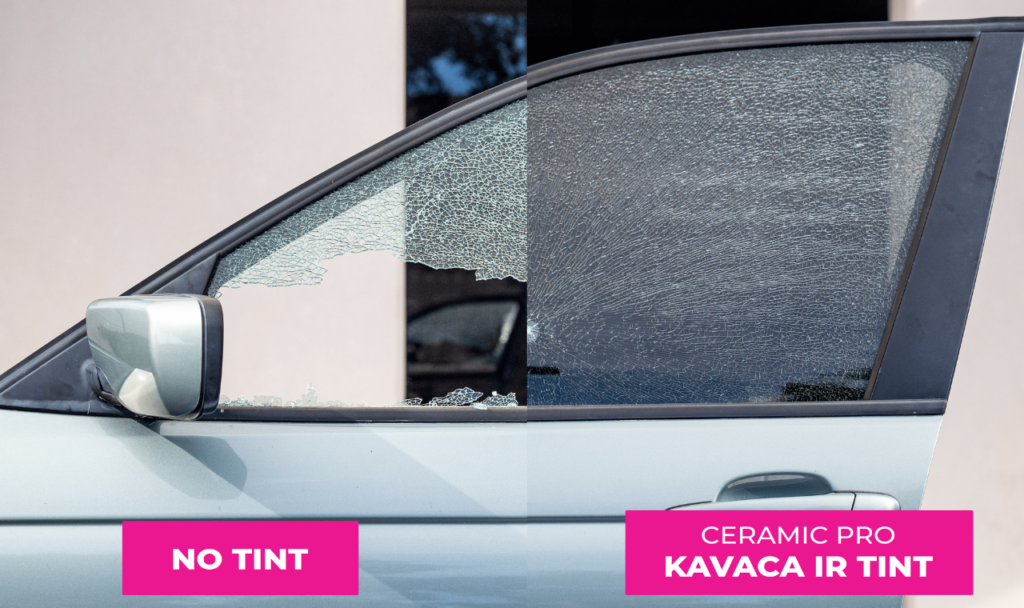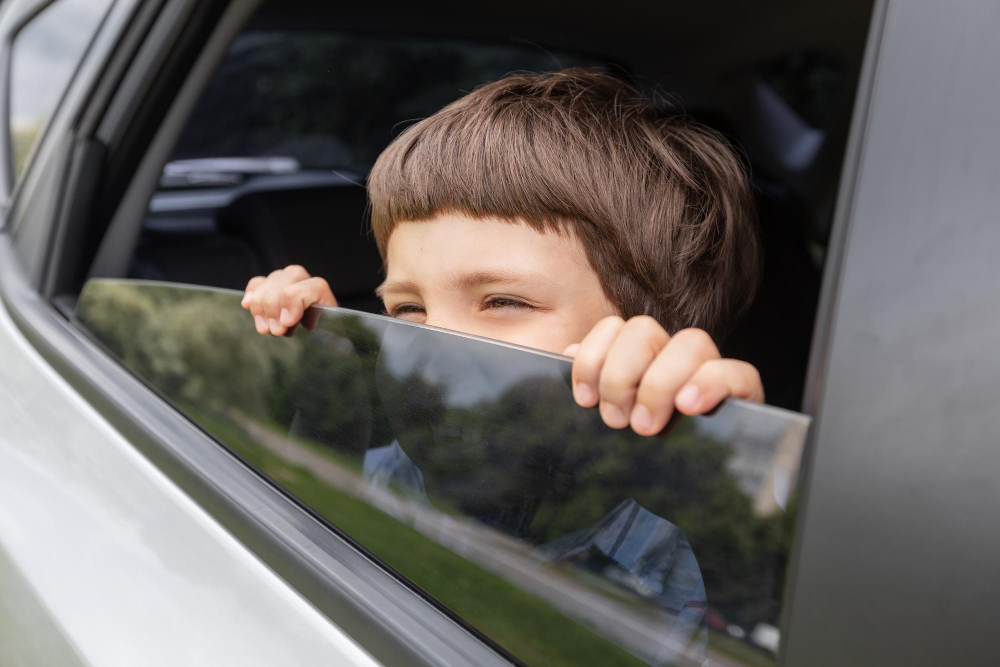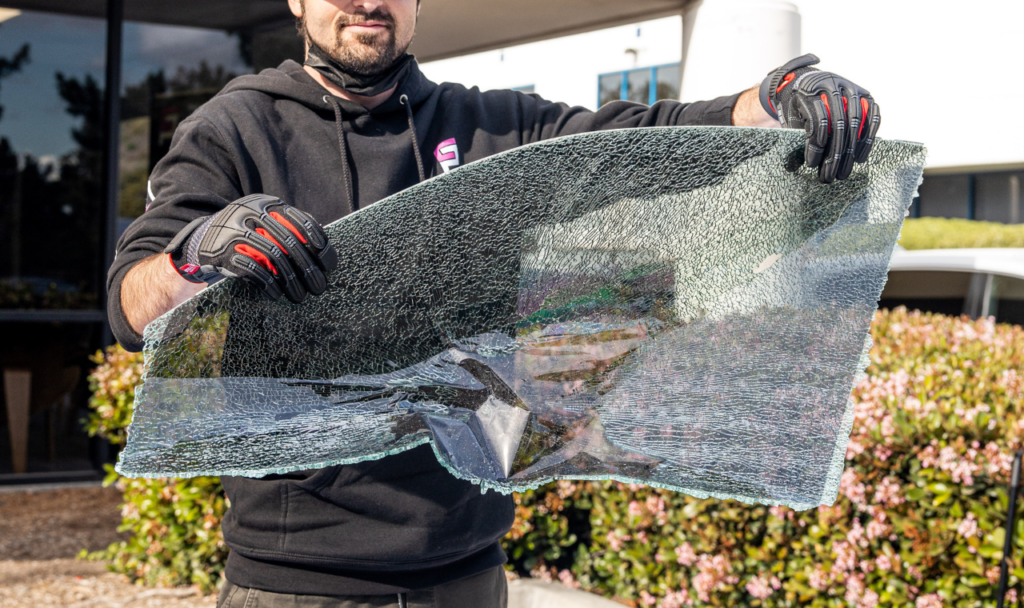We all share a love for cars, but some of us prefer a more aggressive approach than others. You know that person who installs a massive wing on the back of their 1996 Honda Civic? Well, let’s not be that person. Instead, let’s explore an easy upgrade that can enhance both the appearance and functionality of our vehicles: car window tinting.
Becoming the person who adds window tinting to their vehicle is a wise choice. It’s not often in life that we come across things that are both aesthetically pleasing and highly practical. Our cars, trucks, and SUVs exemplify this beautiful functionality as they roam the roads of America. While their primary purpose is to serve our transportation needs, they also adapt to the different stages of our lives. Whether you’re a new parent who recently acquired a three-row SUV or a young graduate aiming to build their dream car, our vehicles become a reflection of who we are and play a vital role in living life to the fullest.
Whether you’re a car enthusiast or a busy parent shuttling children in your spacious three-row SUV, installing window tint is a highly effective way to enhance the aesthetics of your vehicle while also providing numerous health and safety benefits. Window tinting goes beyond just looking incredible; it offers protection and peace of mind. However, with a plethora of misinformation out there, you may find yourself unsure if tinting your car windows is the right choice for you. But don’t worry, we’ve got you covered.
In this comprehensive guide, we will provide you with all the essential information about car window tinting to help you make an informed decision that suits both you and your vehicle:
- The Dangers of UV Rays
- Infrared Heat and its Impact on Interior Temperature
- Enhanced Safety: Protection from Shattered Glass in Car Accidents
- Debunking the Myth: Does Darker Tint Mean More Protection?
- Preventing Car Theft: Understanding the Impulse Crime Factor
- Rules and Regulations: Navigating Tinting Laws and Restrictions
So, let’s dive in and explore everything you need to know about car window tinting!
Table of Contents
The Danger Of UV Rays in Cars
While many of us have experienced the unpleasant consequences of a painful sunburn on a bright day, the underlying causes of this discomfort may not be widely understood. The energy emitted by the sun encompasses various components within the electromagnetic spectrum, including visible light, ultraviolet light, infrared radiation, radio waves, X-rays, and gamma rays. Among these, ultraviolet (UV) light plays a significant role, not only in causing severe sunburns but also as the leading contributor to skin cancer in humans.

Lorem ipsum dolor sit amet, consectetur adipiscing elit. Ut elit tellus, luctus nec ullamcorper mattis, pulvinar dapibus leo.
Infrared Heat = Hot Interiors
Many of us have experienced the frustration of stepping into our cars on a scorching summer day, only to be greeted by a suffocating wave of intense heat. In such moments, the routine is familiar: we hastily start the engine and crank up the air conditioning to its maximum setting, desperately seeking relief for ourselves and our passengers. But have you ever wondered about the source of this unbearable heat? It can be attributed to the presence of infrared radiation, a component of the electromagnetic spectrum we discussed earlier, which penetrates through your car’s windows and becomes trapped within the interior, creating a sweltering environment.

To address this issue, car owners have various options, including the use of different types of films such as ceramic film. Ceramic film is specifically designed to combat the effects of infrared radiation (IR) and significantly reduce the problem of a hot interior. By incorporating infrared rejection properties, ceramic film can effectively reflect infrared heat.
High-performance window films utilize advanced materials like nano-ceramic coatings, which are specifically engineered to block infrared waves while maintaining excellent clarity and enhancing the overall style of the vehicle. These films provide a dual benefit of reducing the heat buildup inside the car and preserving visibility and aesthetics.
Shattered Glass In Car Accidents
One of the most significant advancements in the past half-century has been the introduction and widespread use of automotive safety glass. The purpose of modern automotive glass is to minimize the potential harm to vehicle occupants in the event of an accident. Unlike traditional glass that breaks into large, sharp shards, safety glass is designed to fracture into small, less dangerous pieces.
While this type of glass reduces the risk of severe injuries, it is important to note that the tiny fragments can still cause cuts and lacerations to occupants and individuals in the vicinity of an accident.

Although tinted windows cannot prevent auto glass from shattering, the application of high-quality window tinting by a professional can help mitigate the risks associated with shattered glass. When a window with tinting film breaks, the shattered glass pieces are often contained by the adhesive surface of the tint, reducing the likelihood of glass dispersal and minimizing potential harm. This safety benefit is highly valuable for both drivers and passengers.
Does Darker Tint Mean More Protection?
While it might be tempting to think that darker window tint offers better protection against UV and infrared rays, this assumption is not entirely accurate. In the past, darker shades of window tint were commonly used to provide protection to occupants. However, modern window tinting technology is designed to block both visible light and invisible light, and it is the visible light that is primarily affected by darker tints on vehicles. One challenge with darker tint films is that they block incoming light to such a degree that it can become difficult for drivers to see clearly in low ambient light conditions, particularly at night.

With advancements in car window tinting technology, manufacturers have found innovative ways to provide effective protection without relying solely on darker shades. In fact, there are now clear versions of window film available that can block UV and infrared rays without any shading at all. It’s important to understand that darker tint does not necessarily guarantee better protection; its primary function is to reduce glare and enhance the aesthetic appearance of the vehicle. Additionally, higher-grade films, such as ceramic window film, offer an extra layer of protection for added peace of mind.
Car Theft: An Impulse Crime
While we won’t go into the intricacies of criminal behavior, numerous studies suggest that smash-and-grab crimes are often committed by individuals driven by opportunistic impulses rather than elaborate criminal schemes. The basic logic behind this is straightforward: if your vehicle has a darker window tint, your belongings are less visible and therefore less tempting to potential thieves compared to vehicles without tinted windows. It’s important to note that window tint alone may not completely deter determined criminals, but it can serve as a deterrent by making it more difficult for them to quickly identify valuable items inside the vehicle.

Vehicle thieves tend to avoid cars that offer little assurance of valuable rewards, and having window tinting can deter them from targeting your vehicle. While it’s important to note that window tinting cannot completely eliminate the risk of car theft, it can significantly impact a thief’s decision-making process. By making it harder for potential thieves to see inside your vehicle and assess its contents, window tinting increases the likelihood that they will move on to easier targets. Therefore, while it may not prevent all crimes against your vehicle, window tinting can play a crucial role in influencing which vehicles thieves choose to target.
Window Tinting Rules and Regulations
To ensure the safety of both drivers and law enforcement officers, jurisdictions have established regulations regarding the darkness of car window tint. While it can be frustrating, each state in the country has its own specific guidelines on what is deemed acceptable for window tinting. Violating these regulations can result in costly fines, requiring drivers to remove the non-compliant tint and prove its removal to local authorities in order to resolve the violation.
For a detailed overview of tinting regulations in each state, you can refer to the comprehensive list provided by AAA: Tinting Regulations By State.
The Professional Car Window Tinting Choice
When it comes to choosing the right window tint for your vehicle, the market offers a wide range of brands and options. However, it’s important to remember that not all window tints are created equal. That’s where Ceramic Pro, the experts in vehicle coatings, comes in. They have developed a revolutionary window film called Ceramic Pro KAVACA Window Film that sets a new standard in the industry.
Ceramic Pro KAVACA Window Film is available in two varieties, each designed to meet specific performance goals:
– KAVACA Ceramic IR: This variant provides ultimate protection by filtering out an impressive 99.9% of UVA and UVB light, as well as 96% of infrared waves.
– KAVACA Carbon: This film not only offers beautiful, color-stable aesthetics but also blocks 99.9% of harmful UV rays and filters out 70% of heat-producing infrared.
Whether you have a limited budget or specific performance requirements, Ceramic Pro has an incredible solution for you. To learn more about their car window tinting options or to request a free quote, simply click the button below.


I appreciate that you said that there are many different brands and alternatives available on the market when it comes to selecting the ideal window tint for your car. But it’s crucial to keep in mind that not every window tint is made equally. I suppose I would have to spend money on expert window tinting for my recently acquired new vehicle. I plan to get this done this weekend with the assistance of professionals so that I may select the appropriate type of vehicle tint because I occasionally get glare when I drive in the middle of the day to certain appointments.